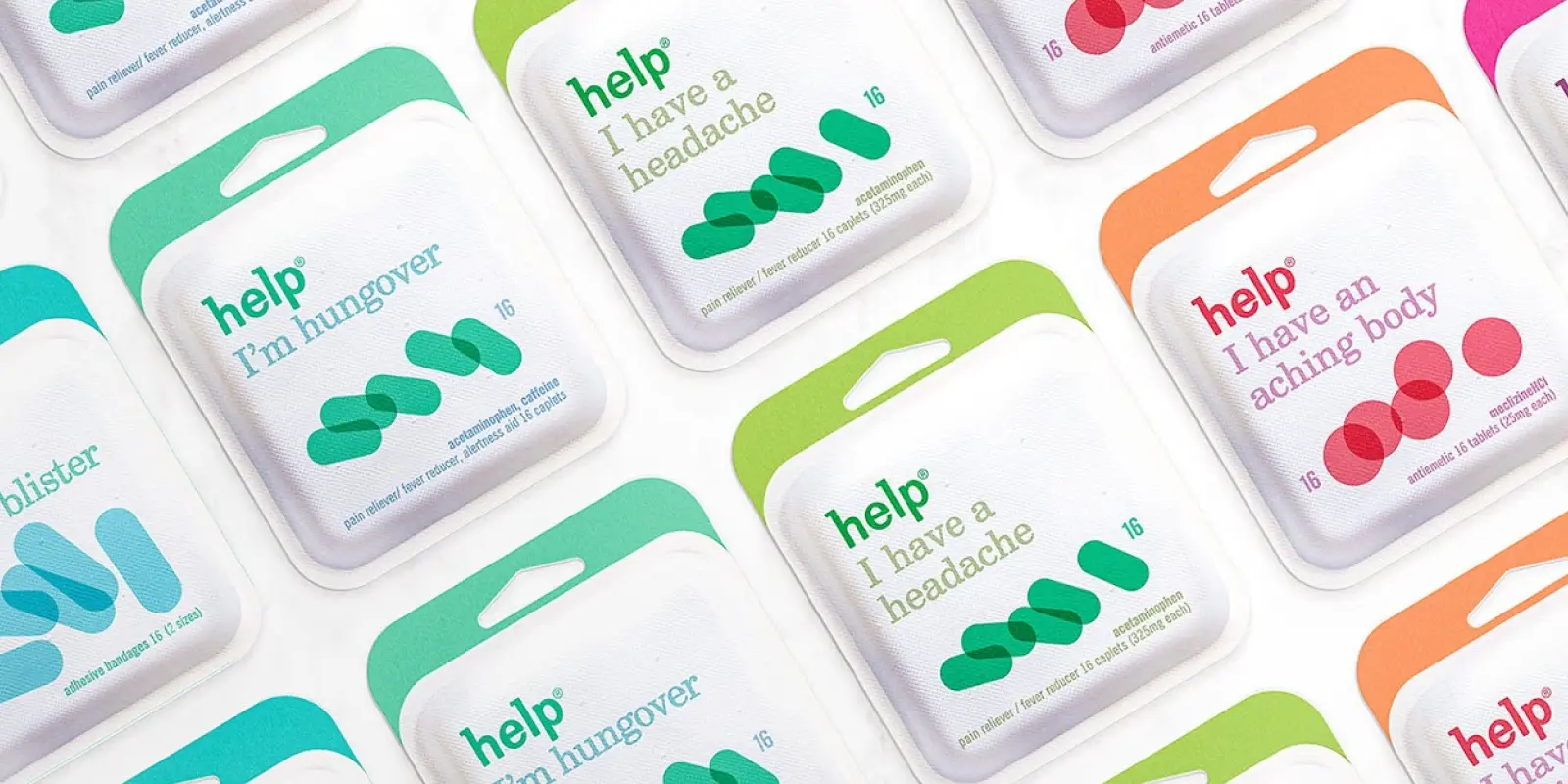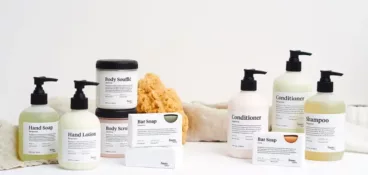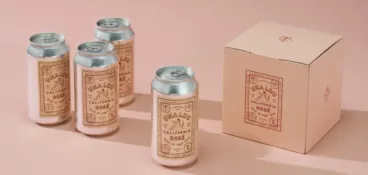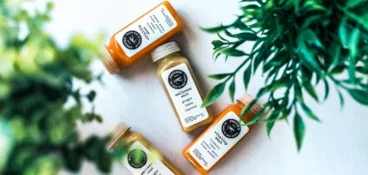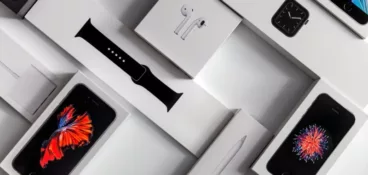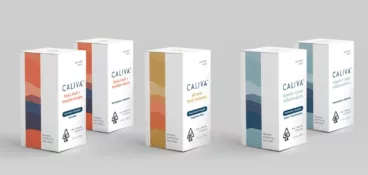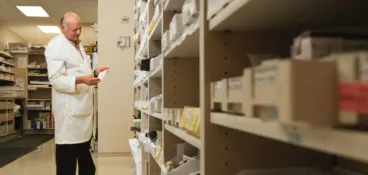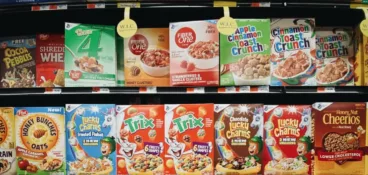Pharmaceutical packaging plays a crucial role in making sure each medication is safe and effective.
Pharmaceutical and packaging companies work hard on combining great design with functionality and different materials. Many even use packaging design systems to make sure their products meet the strict requirements of the pharmaceutical industry.
In this article, we’ll explore everything about pharmaceutical packaging, including the nine best ideas that have revolutionized the field and discuss the major players in the industry. But before diving into the innovative ideas, it’s essential to understand what pharmaceutical packaging stands for.
What is pharmaceutical packaging?
Pharmaceutical packaging involves the design, production, and implementation of packaging solutions for pharmaceutical products.
Its primary objectives are to protect the medication from external factors like light, moisture, and contamination. And it also needs to provide information to healthcare professionals and patients about the medication’s use, dosage, and potential risks.
If you’re creating packaging for a brand in the industry, check out our five best practices for the pharma artwork approval process.
The fast way to get feedback on packaging
Get clear and collaborative comments right on top of your packaging artwork.
Nine best pharmaceutical packaging examples
The fact that pharmaceutical packaging needs to meet numerous requirements to get approved and sent to production makes this field increasingly interesting to examine.
Here are the nine best pharmaceutical packaging examples and what makes them stand out. And if you need more practical tips, check our guide on designing and proofing packaging labels.
1. Help Remedies
Unit-dose medicine packaging design, such as pre-filled syringes or single-use vials, offers convenient and sterile packaging for medications, particularly in clinical settings. This type of pharmaceutical packaging reduces the risk of contamination and guarantees accurate dosage administration.
Help Remedies released a unique design for the otherwise standard look of unit-dose packaging. This company completely simplified the look of their pill packaging while making it look fun and fresh.
Want to see more like this? Check out our full roundup of packaging design inspiration.
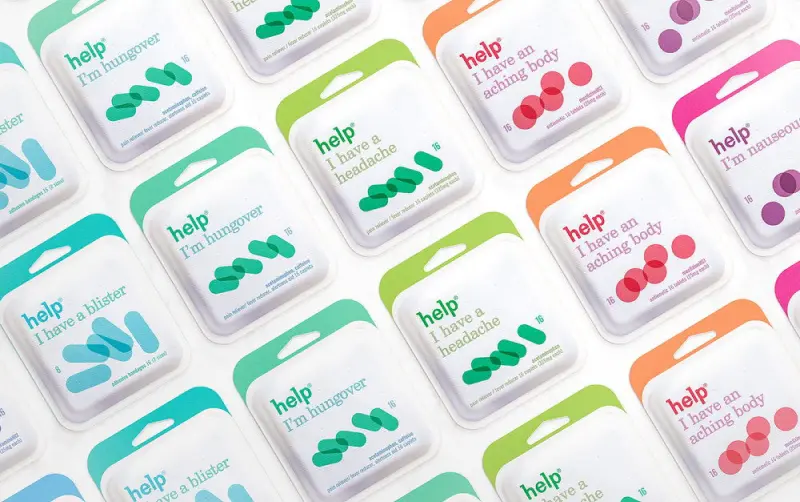
Source: thedieline.com
2. GlowCap
GlowCap is a medication bottle cap with an integrated light and sound reminder system. This pharmaceutical packaging is specific for the melody it plays when it’s time to take medication, helping patients remember their doses and enhancing adherence.
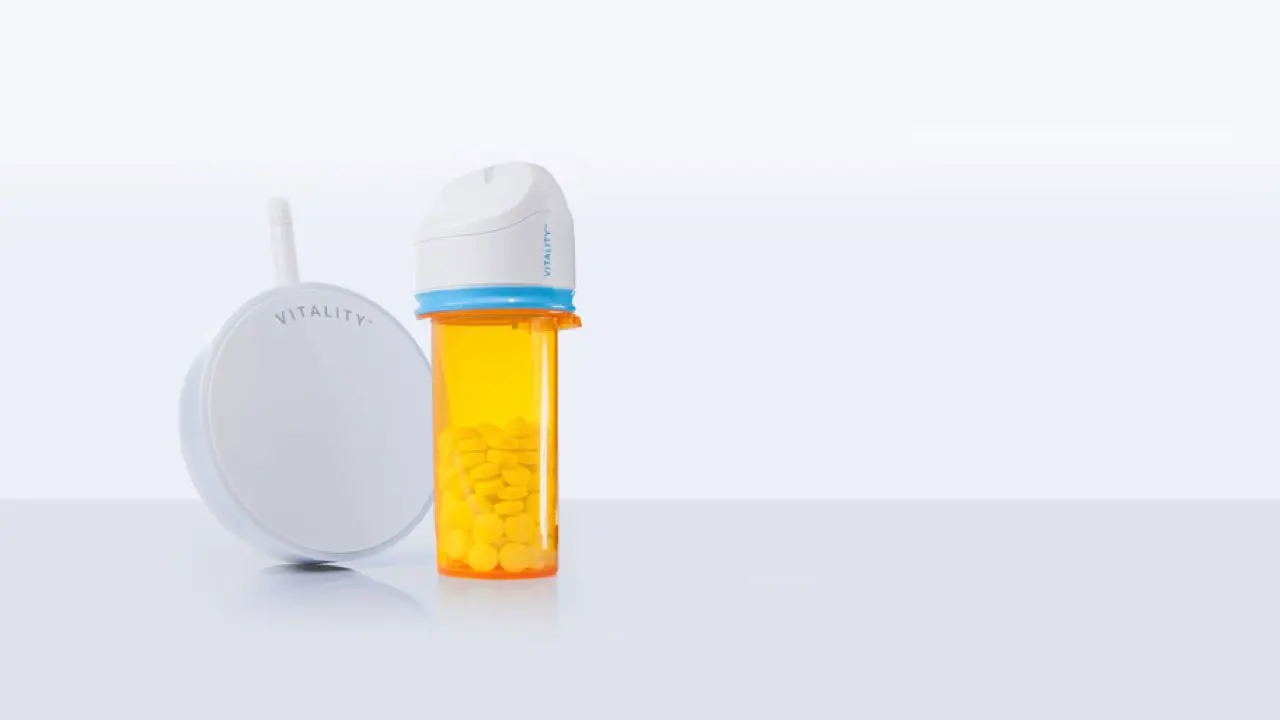
Source: enchantedobjects.com
3. TalkingPen
Pharmaceutical packaging that contains autoinjector devices, like the Talking Pen, provides audible instructions for patients who may have difficulty reading or understanding written instructions.
This innovation improves usability and safety for people with visual impairments or limited literacy.
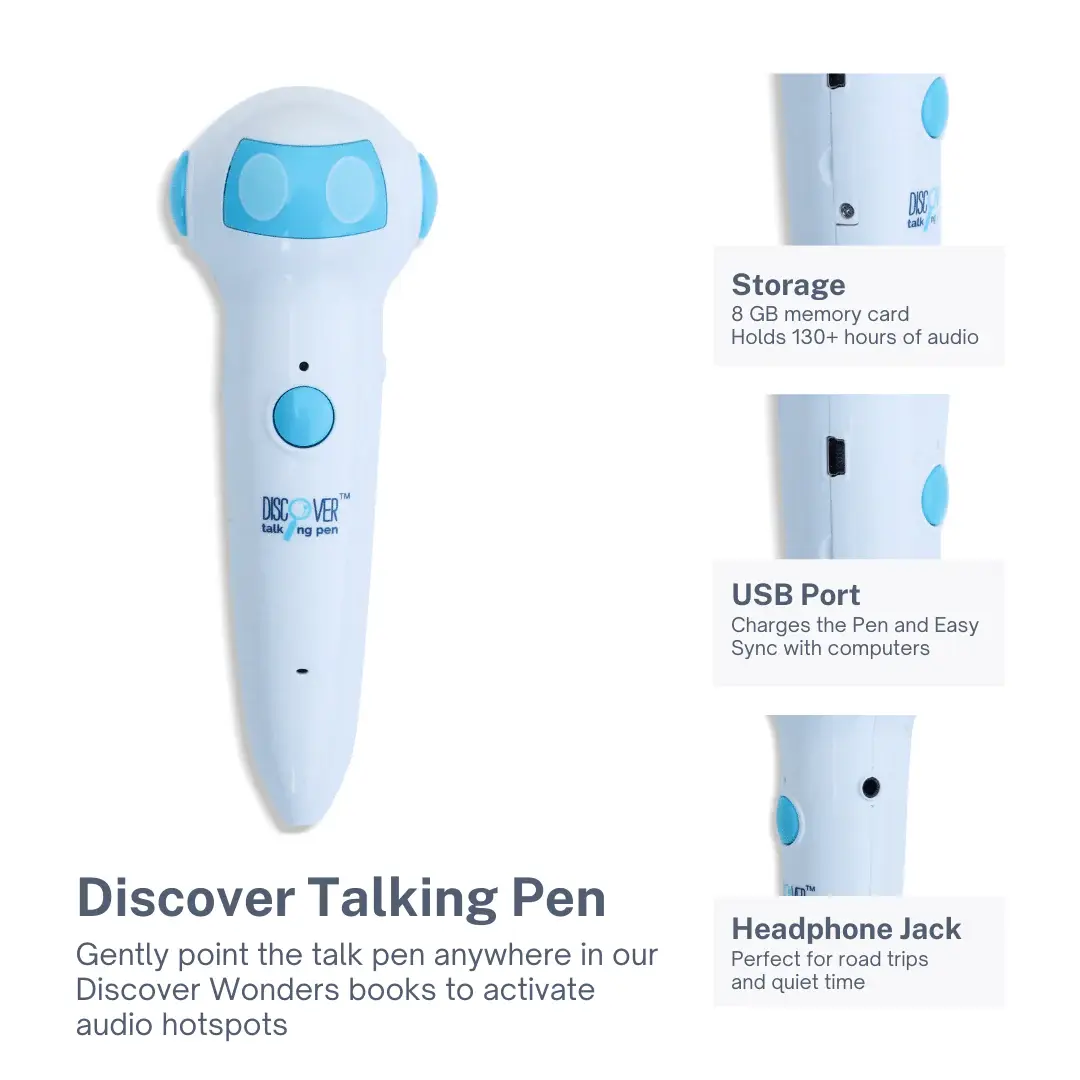
Source: discovertalkingpen.com
4. AdhereTech
AdhereTech Smart Pill Bottles use built-in sensors to monitor medication adherence. This pharmaceutical packaging reminds patients to take their medication through lights and sounds and sends real-time adherence data to healthcare providers, promoting better patient compliance.

Source: marketingweek.com
5. ProAir RespiClick
Inhalers with built-in dose counters, like the ProAir RespiClick, display the number of remaining doses. This pharmaceutical packaging helps patients keep track of their medication usage and makes sure they have an adequate supply. Plus, its design makes it convenient for carrying wherever the patient goes.
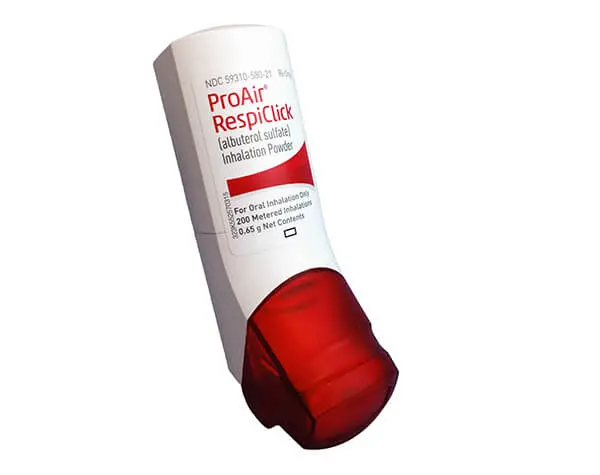
Source: Fairview Physician Associates Network
6. Port and Polish Pill Box
Compact pill boxes, like the Port and Polish Pill Box, are designed for easy transportation and discreet storage of medication. This type of pharmaceutical packaging features compartments for multiple doses and a sleek design, catering to the needs of patients on the go.
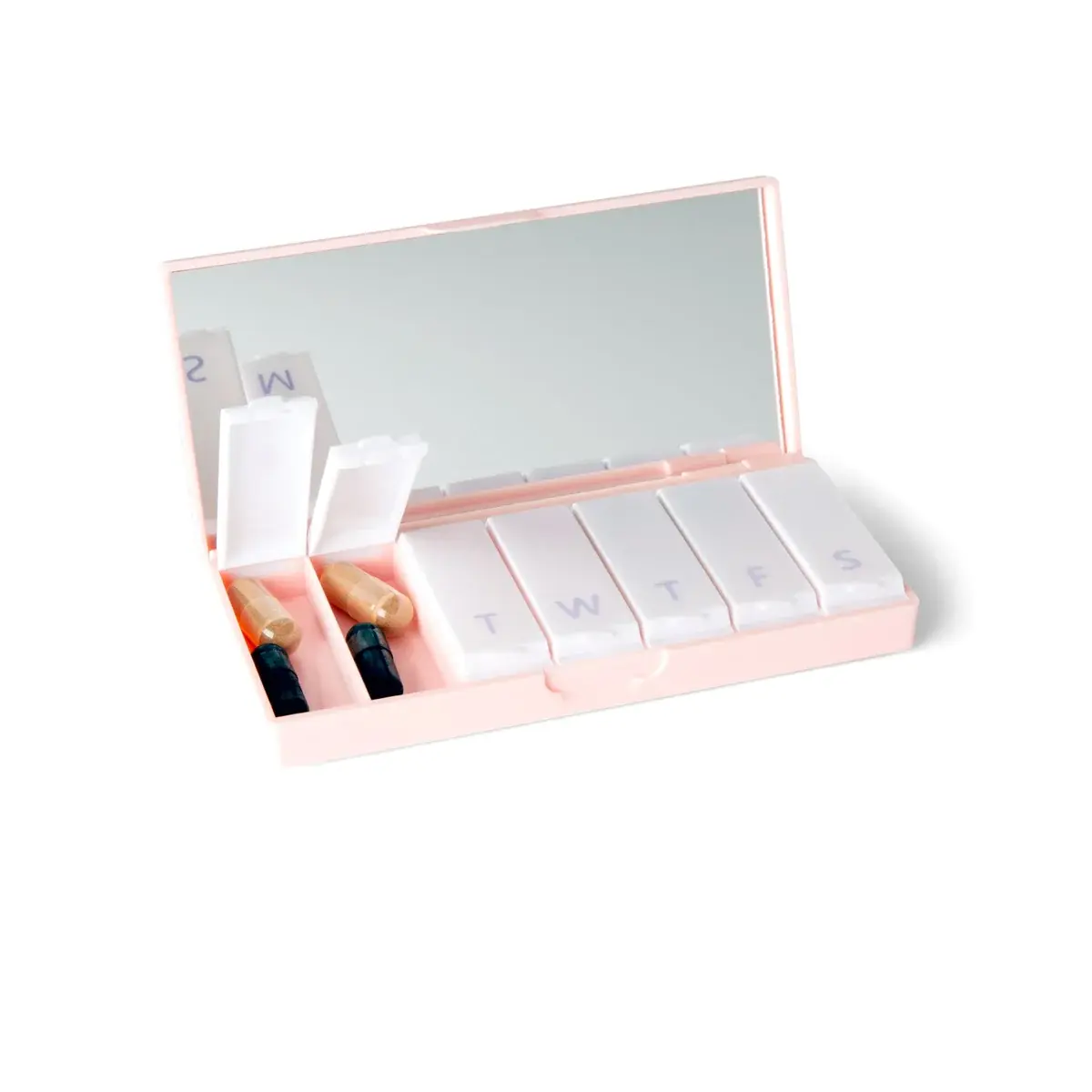
Source: portandpolish.com
7. Easypill
Easypill is a pill container pharmaceutical packaging specifically designed for pets. It makes it easier for pet owners to administer medication, with a soft, pliable texture that allows pills to be easily hidden inside and given to pets. Check it out here.
The fast way to get feedback on packaging
Get clear and collaborative comments right on top of your packaging artwork.
8. MedMinder
MedMinder is a smart pill dispenser that uses visual and auditory reminders to alert patients when it’s time to take their medication. With built-in cellular connectivity, this pharmaceutical packaging can also notify caregivers or healthcare providers in case of missed doses and improve medication adherence.
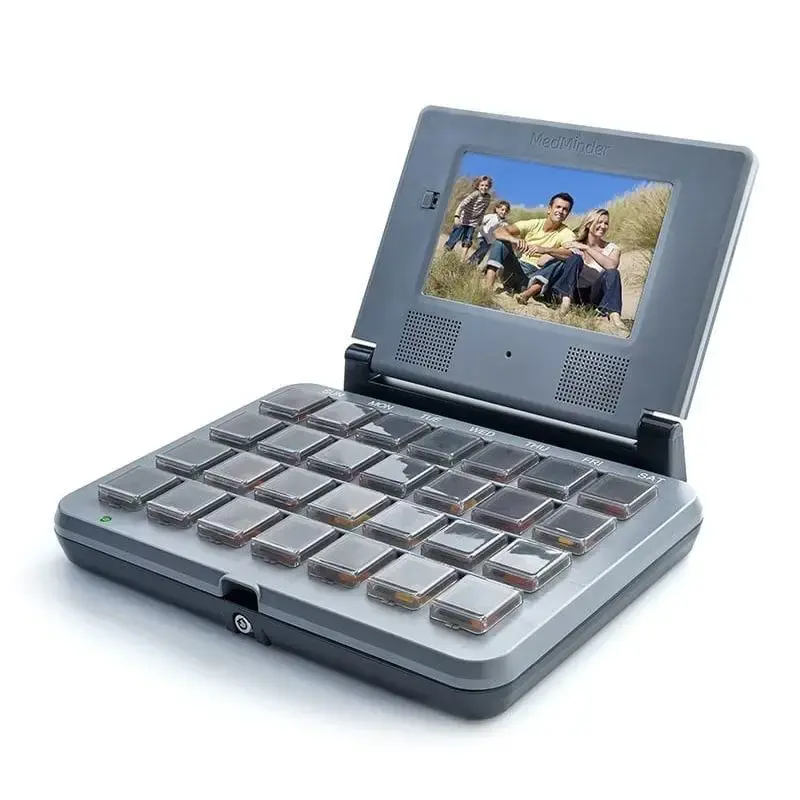
Source: medicalexpo.com
9. BeeBetter Single-Use Pouch
Medication pouch packaging systems, like the Dispill Multi-Dose Packaging System, organize multiple medications into individual pouches labeled with the date and time of administration. This innovative pharmaceutical packaging solution simplifies medication management for patients with complex regimens.
One amazing example of pouch packaging is the BeeBetter Single-Use Pouch from technology and product design firm, Cambridge Design Partnership. This label design makes taking medicine more fun without risking forgetting any component in a more complex treatment.
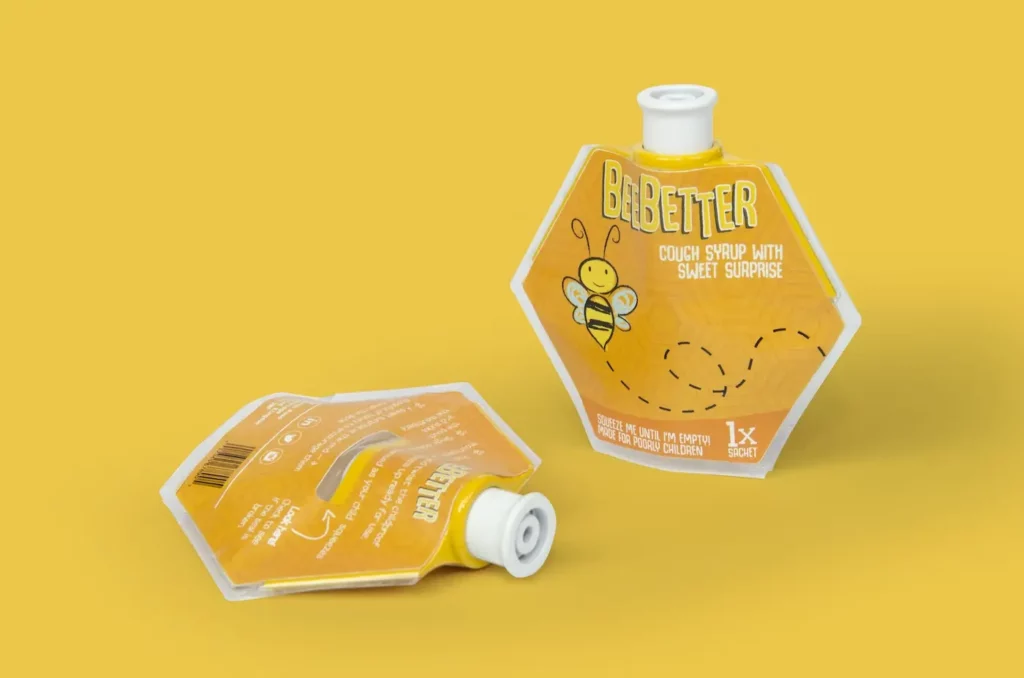
Source: www.healthcarepackaging.com
Five major pharmaceutical packaging companies
In the global pharmaceutical packaging market, there are several major players that design and manufacture most of the smart, beautifully-designed, and functional packaging.
Here are the five top pharmaceutical packaging companies.
1. Amcor
Amcor is a global packaging company that offers a wide range of packaging solutions, including flexible packaging, rigid containers, and closures.
They have a strong presence in the global pharmaceutical packaging market, providing innovative packaging solutions and services to pharmaceutical companies worldwide.
2. Gerresheimer AG
Gerresheimer is a leading global manufacturer of pharmaceutical packaging and drug delivery devices. They specialize in glass and plastic packaging solutions for medications, including vials, syringes, and inhalers, as well as advanced drug delivery systems.
3. West Pharmaceutical Services, Inc.
West Pharmaceutical Services is a global manufacturer of packaging components and delivery systems for the pharmaceutical, biotechnology, and healthcare industries. They provide solutions like vial seals, stoppers, prefillable syringe systems, and advanced drug delivery systems.
4. Schott AG
Schott is a multinational company known for its expertise in glass and glass-ceramic technologies. They offer high-quality packaging solutions for the pharmaceutical industry, including glass vials, cartridges, and syringes, ensuring the safe storage and delivery of medications.
5. Berry Global Group, Inc.
Berry Global is a prominent packaging company that offers a diverse range of packaging solutions, including pharmaceutical packaging. They provide products like bottles, closures, tubes, and specialty containers for pharmaceutical companies.
Types of pharmaceutical packaging
Here’s a look at the 10 most common types of pharmaceutical packaging.
1. Smart packaging
Smart packaging incorporates technologies such as sensors or RFID tags to monitor and track the condition of medications, ensuring proper storage and providing real-time information to patients and healthcare providers.
2. Child-resistant packaging
Child-resistant packaging designs make it difficult for young children to open and access the medication, while still being easily accessible for adults, reducing the risk of accidental ingestion.
3. Dose-specific packaging
Dose-specific packaging includes individual doses of medication, making it convenient and easy for patients to take the right amount at the right time, reducing the risk of errors and improving medication adherence.
4. Sustainable packaging
Sustainable packaging focuses on environmentally friendly materials and reducing waste through recyclable or biodegradable materials, promoting a more eco-friendly approach to pharmaceutical packaging. This is one of the biggest packaging design trends on the planet right now – and for good reason!
5. Tamper-evident packaging
Tamper-evident packaging implements packaging features that provide visible evidence of tampering, ensuring the integrity and safety of the medication, and giving patients peace of mind.
6. Patient-centric packaging
Patient-centric packaging considers the needs of patients with various conditions or impairments, such as the elderly or those with dexterity issues. It aims to make packaging user-friendly and intuitive for improved medication management.
7. Customizable packaging
Customizable packaging allows for personalization or customization to suit individual patient needs, such as clear pharmaceutical labeling for individuals with visual impairments or language preferences.
8. Interactive packaging
Interactive packaging utilizes technologies like augmented reality (AR) or QR codes to provide patients with engaging experiences, offering educational information, medication reminders, or access to support resources.
9. Temperature-controlled packaging
Temperature-controlled packaging maintains the appropriate temperature for medications that require specific storage conditions, ensuring their efficacy and safety throughout the supply chain.
10. Enhanced information packaging
Enhanced information packaging provides comprehensive and easy-to-understand information on the packaging, including dosage instructions, potential side effects, and warnings, improving patient understanding and medication safety.
What are the specifics of the pharmaceutical packaging market?
Just like cannabis packaging and other sensitive industries, the pharmaceutical packaging market has its own specifics that all pharmaceutical companies have to follow. This helps them stay compliant and meet industry standards.
Here are the seven most prominent specifics of the pharmaceutical packaging market:
- Packaging materials
- Safety and security
- Product protection
- Compliance with regulations
- Patient convenience
- Sustainability
- Market growth
1. Packaging materials
The pharmaceutical packaging market includes a wide range of packaging materials such as plastic bottles, blister packs, vials, ampoules, prefillable syringes, tubes, pouches, and labels. These materials are designed to improve safety, integrity, and quality of pharmaceutical products.
2. Safety and security
The pharma packaging market is primarily focused on maintaining the safety and efficacy of the products. Packaging solutions include features like tamper-evident seals, child-proof closures, and anti-counterfeiting measures to protect against contamination, unauthorized access, and counterfeit products.
3. Product protection
In the pharmaceutical packaging market, it’s crucial to create packaging that will protect products from external factors like moisture, light, oxygen, and physical damage. Any type of contamination can reduce the efficiency of the product or even cause some dangerous side effects. That’s why packaging designs are optimized to prevent degradation or alteration of the pharmaceuticals during storage and transportation.
4. Compliance with regulations
The pharmaceutical packaging industry is subject to strict regulations and guidelines imposed by regulatory authorities such as the Food and Drug Administration (FDA) in the United States and the European Medicines Agency (EMA) in the European Union. Packaging must meet standards related to labeling, serialization, patient information, and child-resistant packaging, among others.
5. Patient convenience
Any pharmaceutical company is always thinking of patient convenience to help them adhere to their medication regimens. That’s why you’ll often see pharmaceutical packaging companies coming up with unique solutions like easy-to-open containers, unit dose packaging, and patient-friendly labeling that aim to improve medication administration and patient compliance.
6. Sustainability
The pharmaceutical packaging market is increasingly focusing on sustainable packaging to reduce environmental impact. This means that many packaging companies are adopting eco-friendly materials, recyclable packaging, and reducing packaging waste.
7. Market growth
The pharmaceutical packaging market has been growing due to factors such as the aging population, increasing healthcare expenditure, expanding pharmaceutical industry, and the rise in chronic diseases. Additionally, advancements in technology and innovations in packaging solutions continue to drive market growth.
How the unit dose supply method helped advance the industry
Unit dose supply method involves packaging individual doses of medications, making it convenient and precise for healthcare professionals and patients.
The unit dose system provides several benefits, including:
- Reducing the likelihood of incorrect dosing
- Improving medication adherence
- Minimizing the potential for cross-contamination or mix-ups
The unit dose supply method has significantly advanced the pharmaceutical packaging industry by improving medication safety and reducing the risk of errors.
What is the role of a pharmaceutical packaging market report?
A pharmaceutical packaging market report is a comprehensive analysis of the pharmaceutical packaging industry, providing insights into its current state, trends, market size, growth opportunities, and key players.
The report aims to offer valuable information to stakeholders, including pharmaceutical companies, packaging manufacturers, investors, and policymakers.
Pharmaceutical packaging market report may include following components:
- Market overview – An introduction to the pharmaceutical packaging industry, including its definition, scope, and key segments.
- Executive summary – A summary of the key findings, market trends, and major highlights of the report.
- Market size and forecast – Analysis of the current market size, historical data, and future projections for the pharmaceutical packaging market size.
- Market dynamics – Examination of the drivers, restraints, and challenges influencing the pharmaceutical packaging market. It may cover factors like the regulatory landscape, technological advancements, consumer preferences, and industry trends.
- Segmentation analysis – Breakdown of the pharmaceutical packaging market into various segments based on packaging type, material, end-user, and geography.
- Competitive landscape – Assessment of the competitive scenario in the pharmaceutical packaging market, including profiling of major companies, their market share, strategic initiatives, product portfolios, and key developments.
- Regional analysis – Examination of the pharmaceutical packaging market at a regional level, highlighting the market size, growth rate, and key trends in different geographic regions.
- Regulatory landscape – Overview of the regulatory framework governing pharmaceutical packaging, including relevant guidelines, standards, and compliance requirements.
- Market opportunities – Identification of emerging market trends, growth opportunities, and potential areas for investment in the pharmaceutical packaging sector.
- Future outlook – Insights into the future prospects and predicted market developments in the pharmaceutical packaging market.
Labeling systems in pharmaceutical packaging
All pharmaceutical packaging firms know that accurate and informative labeling is a critical aspect of pharmaceutical packaging. Labels provide vital information for patients and make sure that they cover all regulatory requirements.
This gives peace of mind to the patient and makes sure the company isn’t at any legal risk.
Here’s some information that all labels in the pharmaceutical packaging should contain:
- Drug name
- Strength
- Dosage instructions
- Expiration date
- Warnings
- QR codes for traceability throughout the supply chain
Final thoughts
Innovative pharmaceutical packaging ideas have revolutionized the industry by guaranteeing medication safety, improving patient adherence, and enhancing overall healthcare outcomes. If you’re looking to speed up your pharmaceutical packaging process without compromising on quality, make sure to try Filestage for free →

